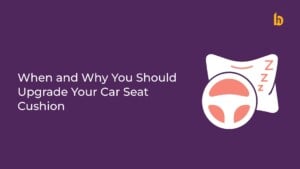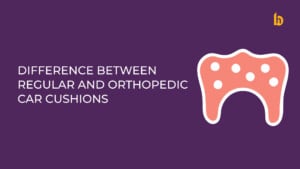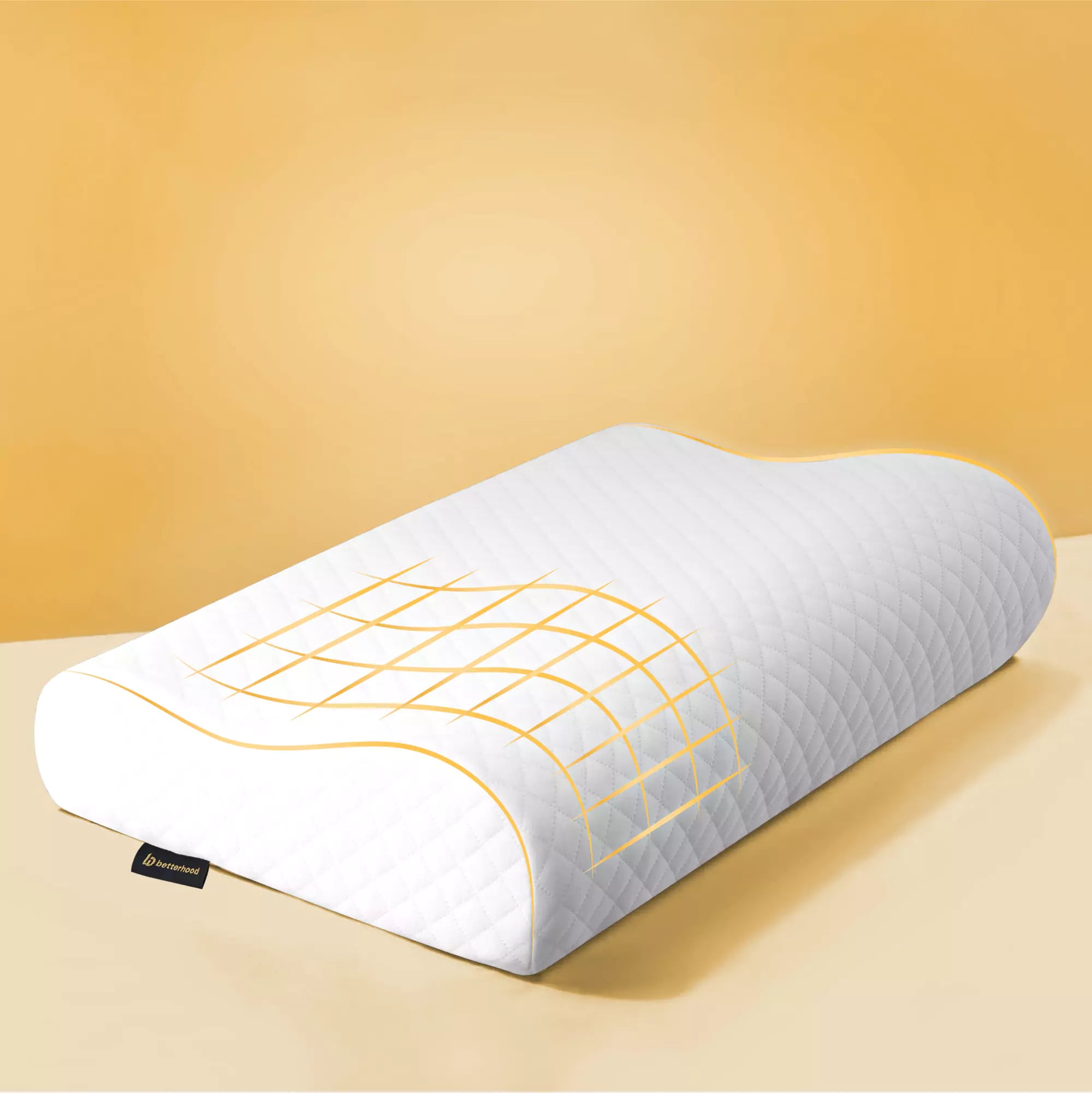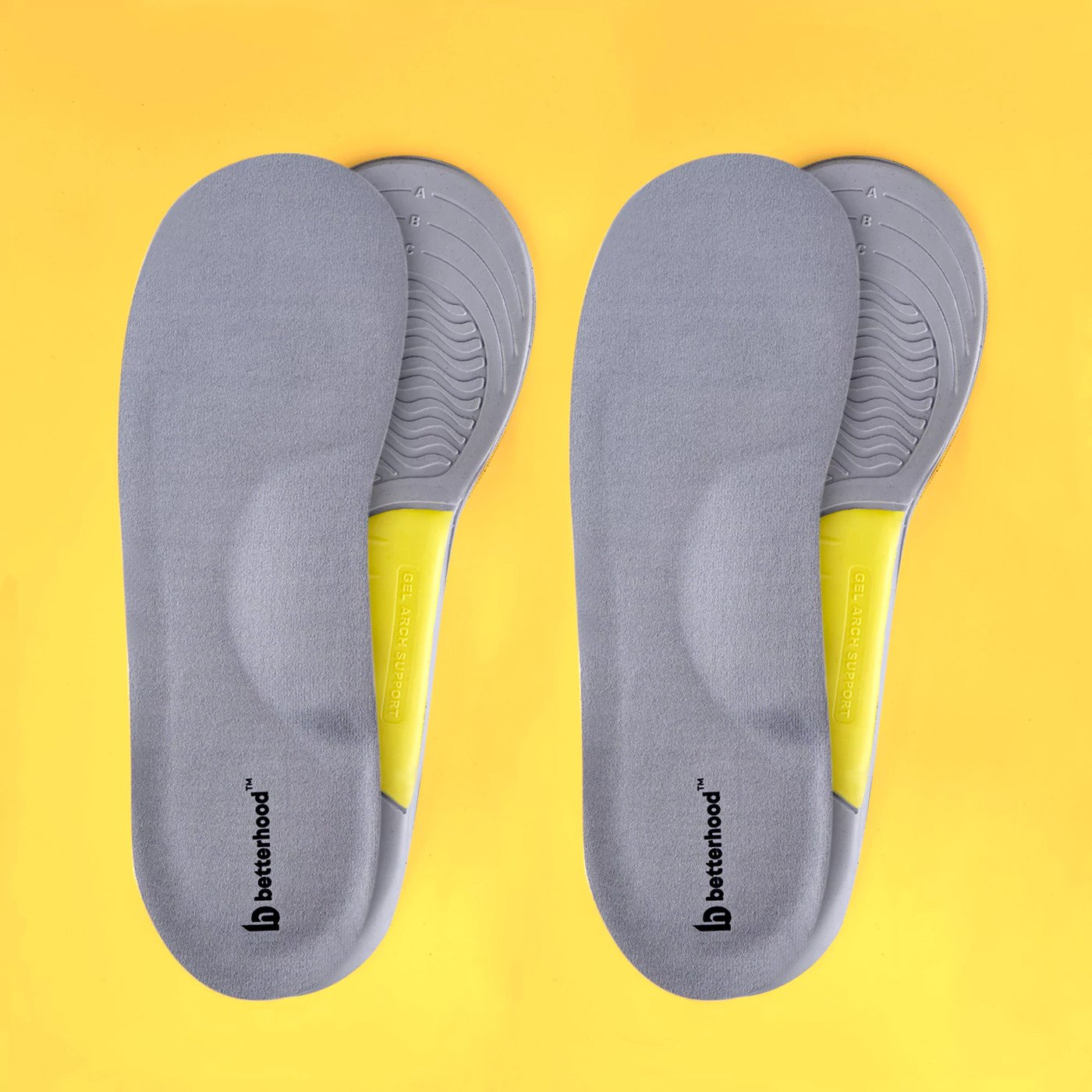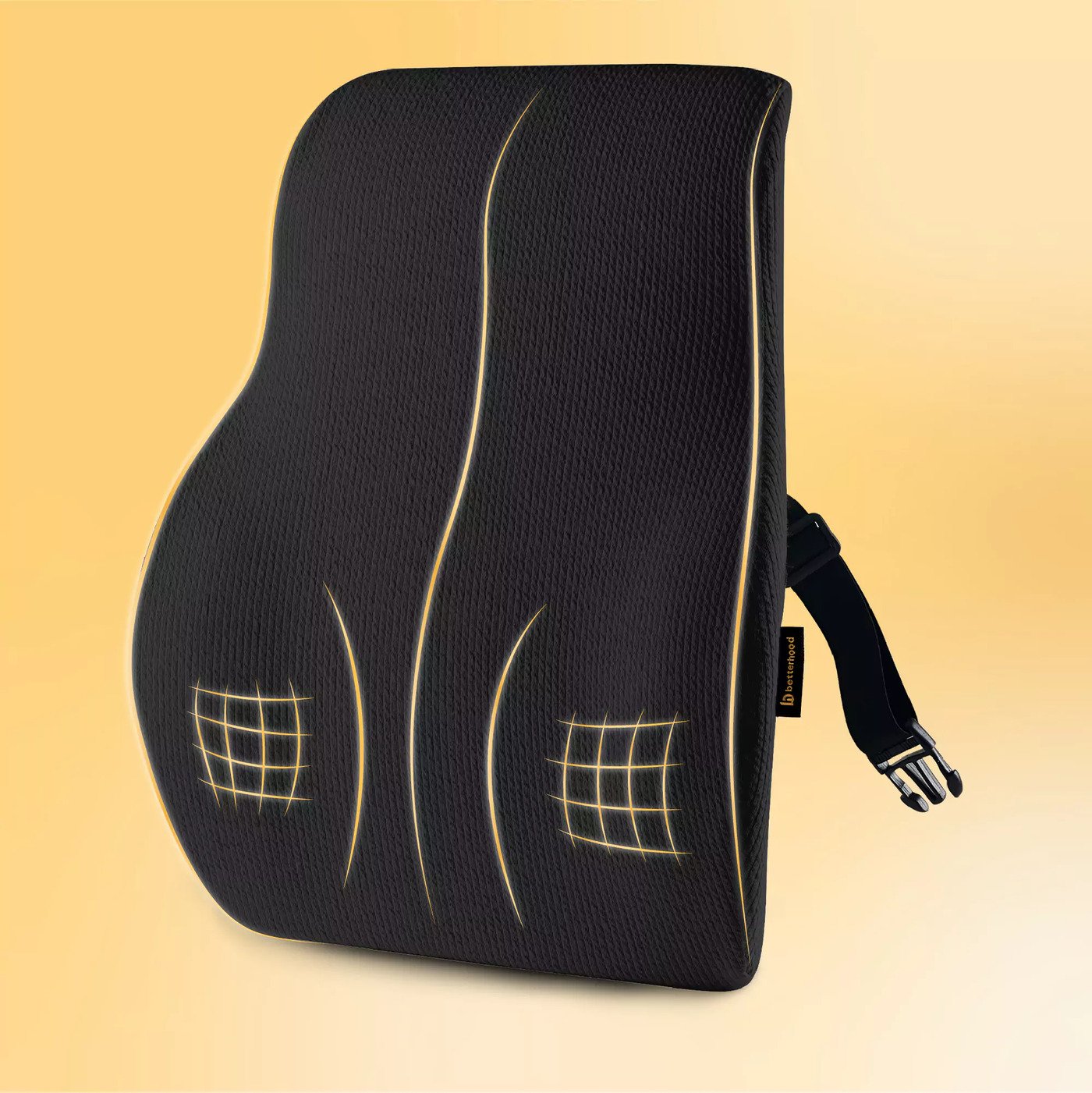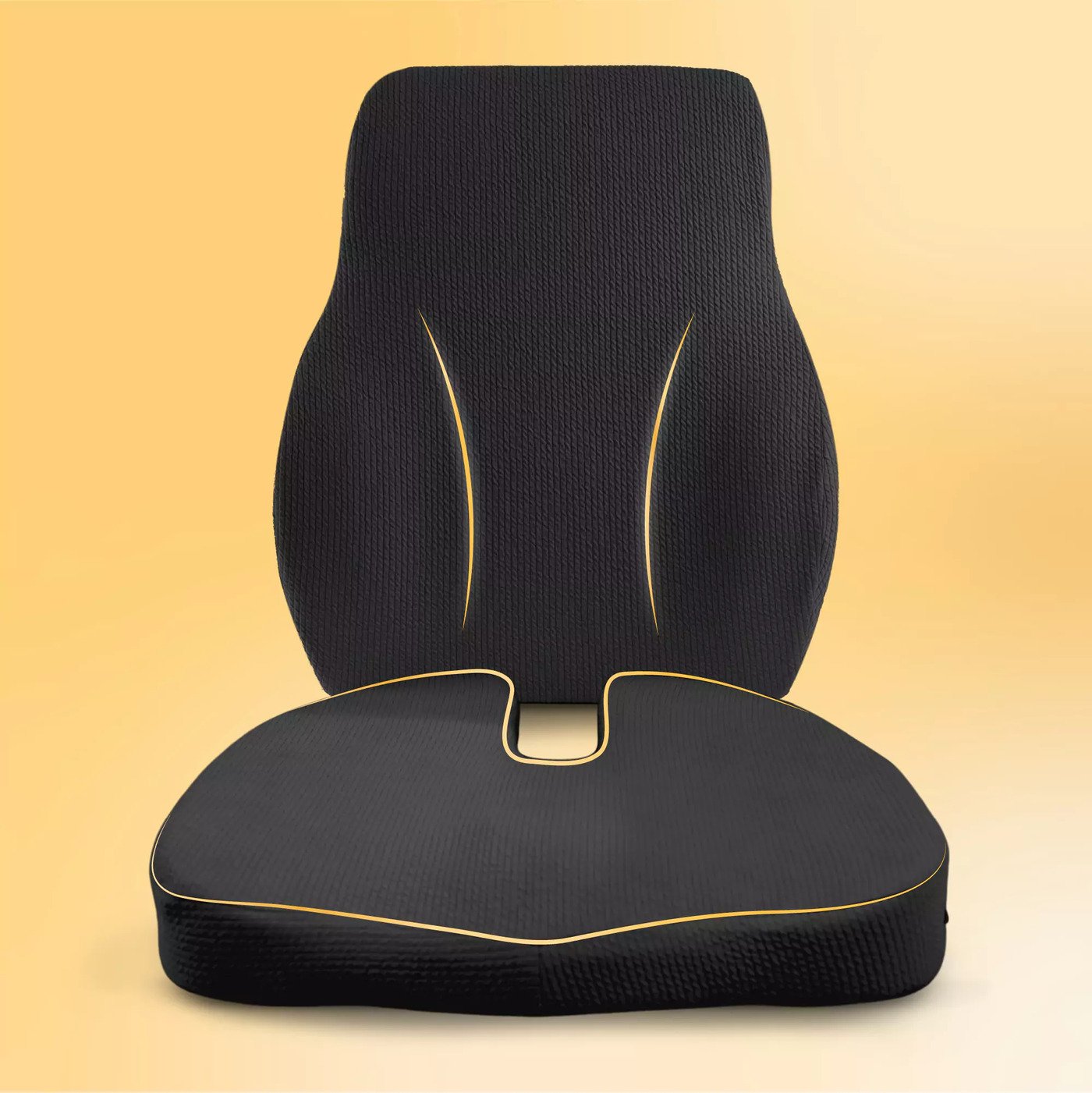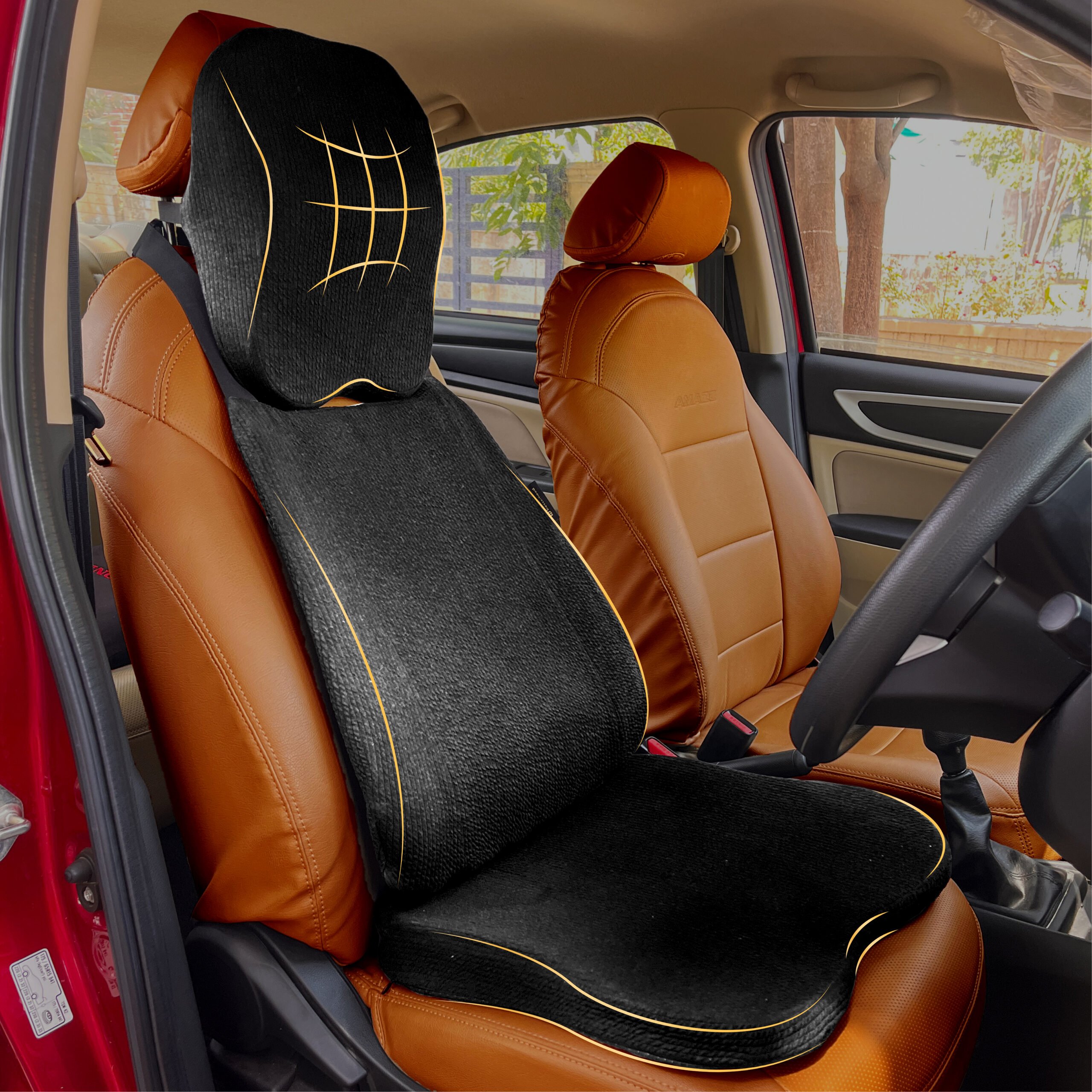You are not alone, because if you’ve ever stood up after sitting for an extended period of time and felt an achy pinch in your hips or low back, you’ve probably discovered that sitting for extended periods of time stiffens, tightens, and can leave you thinking about your discomforts or pains. Whether your first life situation is at the desk, on an airplane, or just sitting down for a marathon of your favorite shows, sitting for a long time leaves you with discomfort to your hips and tailbone. In fact, they may or may not recognize the relationship to their chair.
There may be a simple but effective solution for that, and that is to maintain attention to the space in which you sit in which you spend most of your day, the coccyx cushion. This is more than just your average padded seat. It is a quality-designed support aid for relieving pressure, improving posture, and supporting lower-back harm to your long bones, lower spine, and hips over time. You can still use a chair.
Whether you are recovering from an injury, living with a chronic condition like sciatica or arthritis, or simply looking for something to alleviate general fatigues caused by prolonged sitting, a coccyx cushion will be of great assistance to you. Light, convenient, and easily utilized in a broad range of situations when perhaps attempting to achieve a healthy work-life balance in your office chair, in your car driving to and from work, or just wanting some support and lift in your living area. Below will examine what it is, who would utilize it, and how it is utilized as part of a complete healthy and comfortable sitting plan.
What Causes Tailbone and Hip Pain?
What Is Tailbone Pain (Coccydynia)?
Coccydynia is coccyx pain, a small triangular bone at the base of the spine. Pain in coccydynia results from direct trauma to the coccyx, sitting hard surfaces for a long period, or orthopedic stress of childbirth. The National Institutes of Health (NIH) [1] reports that coccydynia has more women complaints. Other causes of coccydynia are incorrect posture and half-sitting.
What Causes Hip Pain While Sitting?
Hip pain that develops while sitting is normally caused by pressure on the ischial tuberosities (the sitting bones). When you sit, these bones bear much of your body weight. Therefore, if you frequently sit without a proper surface to sit on, your body is subjecting your joints to what will inevitably cause stiffness, inflammation, and even pain that radiates into the low back.
How Does Sitting Pressure Trigger Pain?
Sitting on a hard or stiff surface like a hard chair presses the body weight down onto the coccyx (tailbone) and the surrounding hip structures. The coccyx and tissues are squashed under body weight and constricts blood, the nerves of the area become squashed, as well as the soft tissue doesn’t receive even pressure upon it, and this causes growing inflammation, muscle fatigue, and nerve irritation and sensitivity with the time.
Why Is Spinal Alignment So Important?
An unaligned and inactive spine will throw your entire posture out and lead to irritation of nerves, tension on muscles and long term back pain in your body. You should try to preserve the natural curve in your lower back (lumbar lordosis) to prevent stiffness or pain there. An unsupported pelvis will lead to compensatory tension and strain in the neck, shoulders and upper body.
How Does a Coccyx Cushion Prevent Pain?
Elevates Pelvis and Reduces Tailbone Contact
The majority of coccyx cushions have a U-shaped cutout at the rear. With the cutout U-shape, pressure is alleviated and pressure is taken away from immediate contact between seat and tailbone, with prevention or reduction of irritation to the coccyx. A paper in the Annals of Rehabilitation Medicine [2] concluded that coccyx cushions decreased pain intensity of sitting in patients with coccydynia by more than 30 percent.
Evenly Distributes Body Weight
Memory foam or gel pillows mold themselves to body shapes and weight is more evenly distributed on buttocks and thighs. It reduces pressure on soft tissue and bony prominences.
Supports Natural Spine Curvature
Through the upward tilt of the pelvis and the promotion of upright sitting posture, coccyx cushions help ensure the natural S-curve of the spine. This is crucial in minimizing back strain and hip pain.
Reduces Muscle Fatigue and Nerve Pressure
Lengthy periods of sitting can compress nerves, especially the sciatic nerve. Coccyx cushions provide pressure relief which helps to prevent genital irritation and lower overall muscle tension. The journal Pain Research and Management states that proper seating can enhance tissue oxygenation and muscle relaxation [3].
What Do Medical Experts Say About Coccyx Cushions?
Doctor and Therapist Recommendations
Many orthopedic physicians and physiotherapists include coccyx cushions as part of their conservative management of patients with postural imbalance and back pain. Better outcomes have been linked to ergonomic seat equipment (like pressure-reducing cushions) by patients with low back or hip conditions, advises the American Physical Therapy Association [4].
Evidence from Clinical Studies
A randomised trial in the Journal of Physical Therapy Science demonstrated that memory foam seat cushions enhanced posture and alleviated pain in office workers who sat for more than six hours daily [5].
A study in Disability and Rehabilitation: Assistive Technology demonstrated that coccyx cushions enhanced perceived comfort and alleviated perceived fatigue in wheelchair users [6].
When Is a Coccyx Cushion Medically Necessary?
Doctors may suggest coccyx cushions for patients recovering from:
- Tailbone fractures or bruises
- Herniated lumbar discs
- Hip surgeries
- Pelvic floor disorders
They are also commonly prescribed for people with chronic conditions such as sciatica, arthritis, or spinal stenosis.
Who Should Consider Using a Coccyx Cushion?
1. People with Long Office Hours
You’re putting your spine and hips under an extremely high amount of stress if you spend eight or longer hours sitting in your working day. No matter how wonderful the ergonomic chair is, it can never eradicate posture fatigue. A coccyx cushion provides additional support to lower pressure on the tailbone and keep the spine aligned throughout the day.
2. Wheelchair Users or Bedridden Patients
Pressure injury is the biggest issue for those seated or in bed most of the day. Redistribution of weight by coccyx cushions minimizes pressure ulcers and provides extra comfort. They also play the vital role of stabilizing the pelvis, which would otherwise be in danger in times of prolonged sitting.
3. Travelers and Commuters
Car, bus, train, and airplane seats are not typically orthopedically designed. Any of these seats can be made more comfortable with a small foldable coccyx cushion that allows less tension to be in the lower back and tailbone ache during long travel times.
4. Post-Surgery or Injury Recovery
After hip, lower back, or pelvis surgery, patients are generally cautioned not to put a strain on affected areas. Coccyx cushions facilitate this process of healing by minimizing contact with the surgical site and providing better seating comfort throughout the recovery process.
How Does a Coccyx Cushion Improve Ergonomics?
Promotes Better Sitting Posture
An ergonomically designed coccyx cushion positions your hips, spine, and knees properly, causing you to sit upright without leaning forward. This reduces strain on joints in the lower back and prevents habitual pains such as stiffness of shoulders and neck ache.
Combines Well with Other Supports
Coccyx cushions become part of a integrated support system when used together with lumbar rolls or variable chairs. This places your whole spine, from shoulders to pelvis, in good alignment neutral position for your spine.
Helps Set Correct Chair Height and Angle
Because a cushion will be lifting you up slightly, you will have to monitor your overall posture position. You’d like to have your knees the same level or slightly lower than your hip level, and your feet flat on the floor or on a footrest. This provides you with an excellent healthy 90 degree angle at your knees, and minimizes pelvic tilt.
How Should You Use a Coccyx Cushion for Best Results?
Correct Placement
Always sit with the open end of the U-shape facing your chair back. This will have your tailbone suspended instead of compressed. Ensure the cushion is in the middle and not sliding back and forth when sitting.
How Long Should You Sit on It?
Coccyx pillows do provide a good relief, but always make sure to incorporate them in your overall sitting plan also. Try to avoid sitting for over 30 to 45 minutes without taking a break. Stand and walk or take a break every half an hour to forty-five minutes to take pressure off your buttock and coccyx area, and also encourage circulation.
Cleaning and Maintenance
All coccyx cushions are usually designed with removable washable covers, so it is easily cleaned and the cushion will remain clean and hygienic. For the majority of cushions, the cushion cover itself (particularly if the cushion contains a memory foam core) should never be washed in a washing machine, so you’ll only have to spot clean, using a damp cloth, and always adhering to the manufacturer’s care instructions.
How Do You Choose the Right Coccyx Cushion?
Material
If you’re after heavy contouring and long-lasting support, look for memory foams in cushions. If you think you might overheat, consider gel-infused alternatives, as these generally provide superior cooling. Ultimately, select cushions based on your comfort needs and how you’ll use them in your home.
Shape
U-shaped cushions are perfect to avoid direct pressure on the coccyx for tailbone relief. Wedge-shaped designs angle the pelvis forward which better aligns the spinal column and reduces the tendency to slouch.
Portability
For those who travel frequently or work in multiple locations, a lightweight or inflatable coccyx cushion offers ease of transport without compromising support.
Size
Check that the cushion fits the dimensions of your chair and offers enough surface area for comfortable seating. A cushion that’s too small may shift around, while one that’s too large might not fit well in all seats.
Durability
Cushions made from higher-density foam tend to last longer and retain their shape. Consider this if you plan to use the cushion daily or for extended periods.
Conclusion
Coccyx pillows aren’t merely for looks. They are tools that can be of great relief and protection against tailbone and hip pain. Whether you’ve been injured, have chronic pain or just like to sit comfortably at work, a good pillow will make all the difference in sitting position and comfort. This one small adjustment to your daily practice will stabilize your spine, enhance comfort and create a healthier sitting habit.
FAQs
1. How does a coccyx cushion help with posture and back pain?
It reduces pressure on the tailbone, aligns the pelvis, and supports the spine’s natural curve, which reduces strain on muscles and nerves.
2. Can I use a coccyx cushion on a recliner or sofa?
Yes, but ensure the surface is firm enough to provide stability. Soft couches may reduce the cushion’s effectiveness.
3. Do coccyx cushions wear out over time?
Yes. Most high-quality foam cushions last 1 to 2 years depending on usage. Look for sagging or loss of support as signs to replace.
4. Is it safe to use a coccyx cushion daily?
Absolutely. Daily use is recommended, especially for those who sit for extended periods.
5. Can pregnant women use coccyx cushions for comfort?
Yes. They can relieve pressure on the lower spine and pelvis, especially in the third trimester or postpartum period.
References:
[1] Maigne, J.Y., et al. (2007). Causes and mechanisms of coccydynia. National Institutes of Health. https://www.ncbi.nlm.nih.gov/pmc/articles/PMC2672321/
[2] Jang, S.H., et al. (2018). Effect of seat cushions on coccydynia. Annals of Rehabilitation Medicine. https://www.ncbi.nlm.nih.gov/pmc/articles/PMC6163119/
[3] You, J.S., et al. (2020). Posture correction and muscle fatigue. Pain Research and Management. https://www.ncbi.nlm.nih.gov/pmc/articles/PMC7282011/
[4] American Physical Therapy Association. (2023). Interventions and ergonomics. https://www.apta.org/patient-care/interventions/ergonomics
[5] Lee, J.H., et al. (2014). Seat cushions and posture. Journal of Physical Therapy Science. https://www.jstage.jst.go.jp/article/jpts/26/12/26_jpts-2014-478/_pdf
[6] Sonenblum, S.E., et al. (2013). Cushioning and fatigue in wheelchair users. Disability and Rehabilitation: Assistive Technology. https://www.tandfonline.com/doi/full/10.3109/17483107.2013.771266

